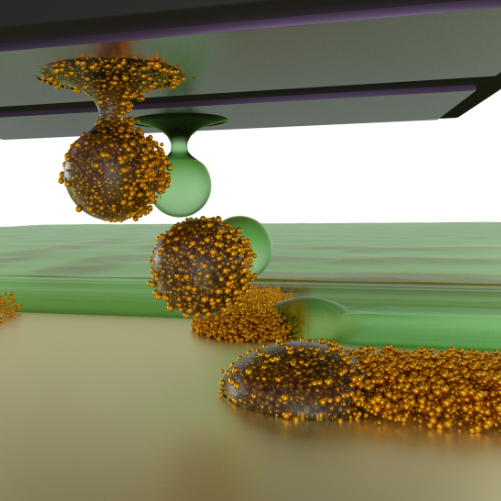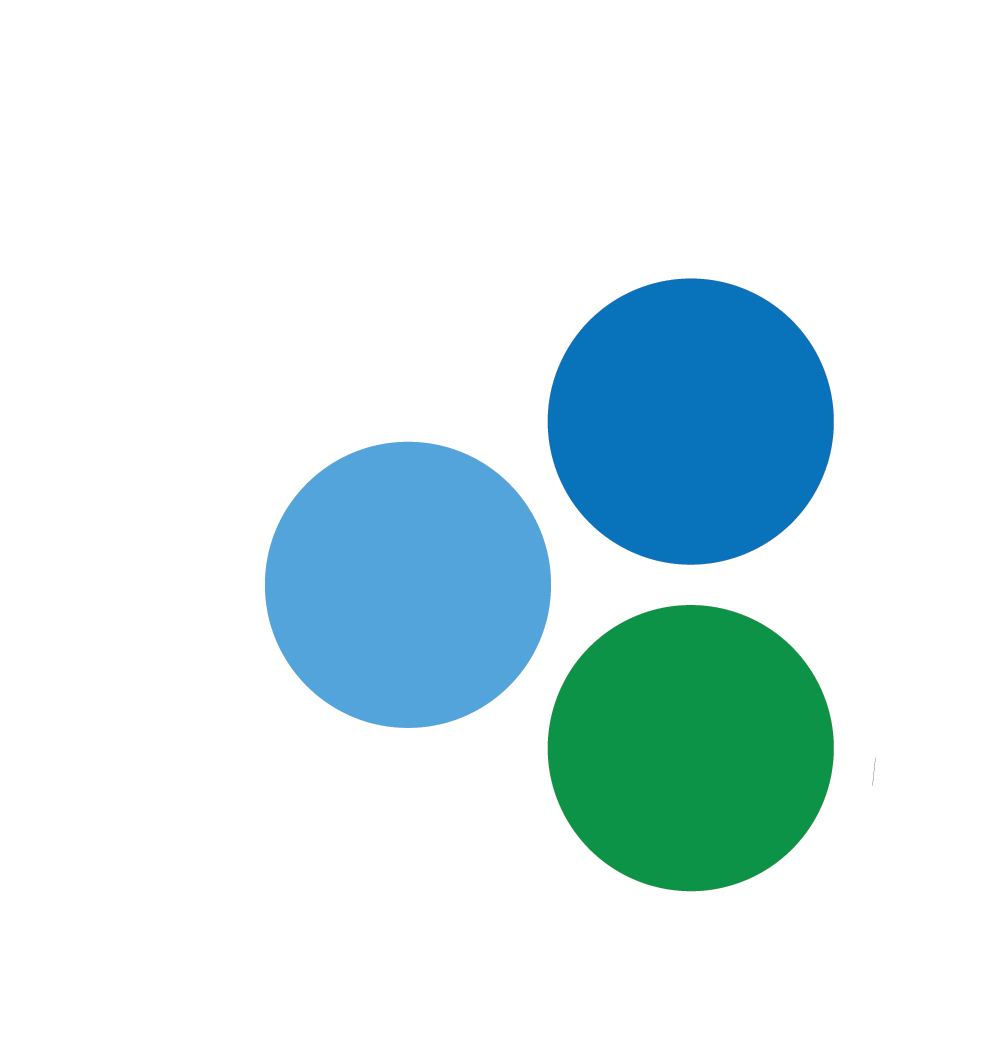https://www.ee.cit.tum.de/en/nel/home/


Our research focuses on the development of flexible bioelectronic devices for monitoring biomarkers and stimulating cellular networks and tissues. In the long term, we aim at providing implantable wireless tools for closed-loop neuroelectronics. We apply different methods for on-chip cell guiding in order to design structured networks with defined cellular interactions. As an example, we use microfluidic systems to induce directed growth of the network under geometrical constraints. Furthermore, we locally apply specific stimuli or lesions to examine signal propagation or regeneration mechanisms inside the cell network. Overall, this research aims at developing and maintaining structured 3D cell networks on-chip for investigating disease models and bioelectronic intervention strategies. We build such platforms using additive microfabrication methods including inkjet1,2, aerosol-jet3, and stereolithographic printing4,5. Combining these different fabrication methods and developing appropriate inks and resins allows for the direct integration of functional three-dimensional structures, such as valves, mixers, sensors, and electrode arrays, within hydrogel-based microfluidic cell-culture systems.
References
- N. Adly, S. Weidlich,S. Seyock, F. Brings, A. Yakushenko, A. Offenhäusser, B. Wolfrum, Printed Microelectrode Arrays on Soft Materials: From PDMS to Hydrogels. Npj Flex. Electron 2018, 2 (1), 15. https://doi.org/10.1038/s41528-018-0027-z
- L. Grob, H. Yamamoto, S. Zips, P. Rinklin, A. Hirano‐Iwata, B. Wolfrum, Printed 3D Electrode Arrays with Micrometer-Scale Lateral Resolution for Extracellular Recording of Action Potentials. Adv. Mater. Technol. 2020, 5 (3), 1900517. https://doi.org/10.1002/admt.201900517
- S. Zips, L. Grob, P. Rinklin, K. Terkan, N. Y. Adly, L. J. Weiß, D. Mayer, B. Wolfrum, Fully Printed μ-Needle Electrode Array from Conductive Polymer Ink for Bioelectronic Applications. ACS Appl. Mater. Interfaces 2019,11 (36), 32778–32786. https://doi.org/10.1021/acsami.9b11774
- S. Zips, O. J. Wenzel, P. Rinklin, L. Grob, K. Terkan, N. Y. Adly, L. Weiß, B. Wolfrum, Direct Stereolithographic 3D Printing of Microfluidic Structures on Polymer Substrates for Printed Electronics. Adv. Mater. Technol. 2019, 4 (3), 1800455. https://doi.org/10.1002/admt.201800455
- S. Zips, L. Hiendlmeier, L. Weiß, H. Url, T. Teshima, R. Schmid, M. Eblenkamp, P. Mela, B. Wolfrum, Biocompatible, Flexible, and Oxygen-Permeable Silicone-Hydrogel Material for Stereolithographic Printing of Microfluidic Lab-On-A-Chip and Cell-Culture Devices. ACS Applied Polymer Materials 2020, https://pubs.acs.org/doi/abs/10.1021/acsapm.0c0107

